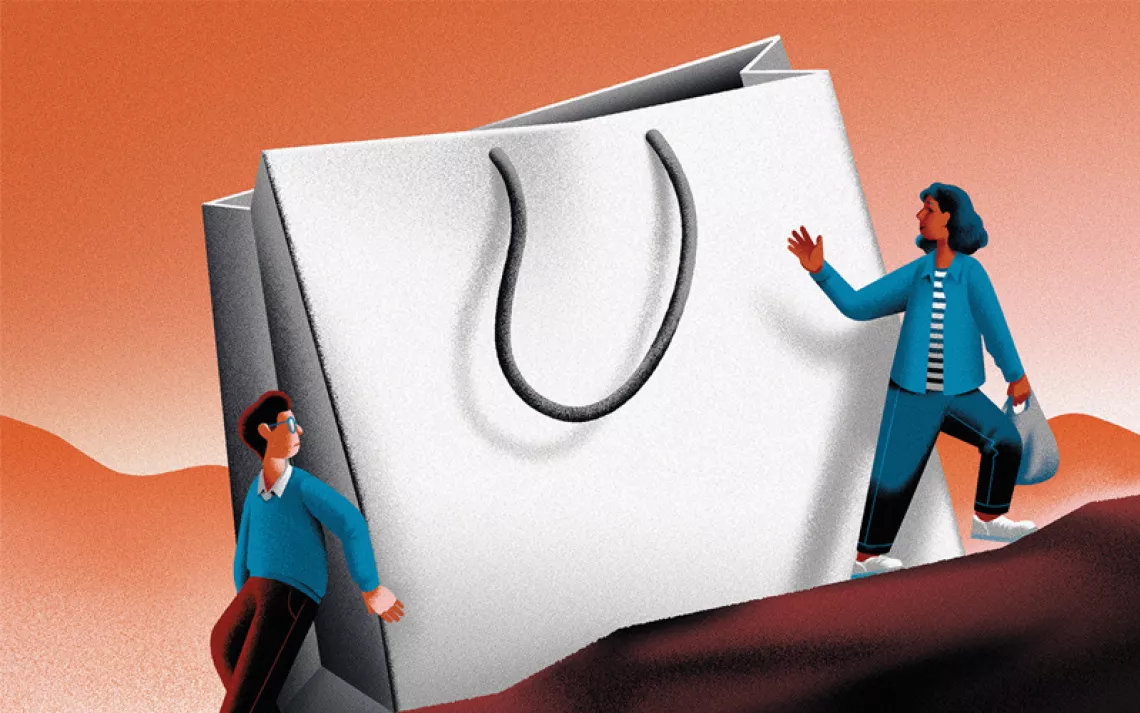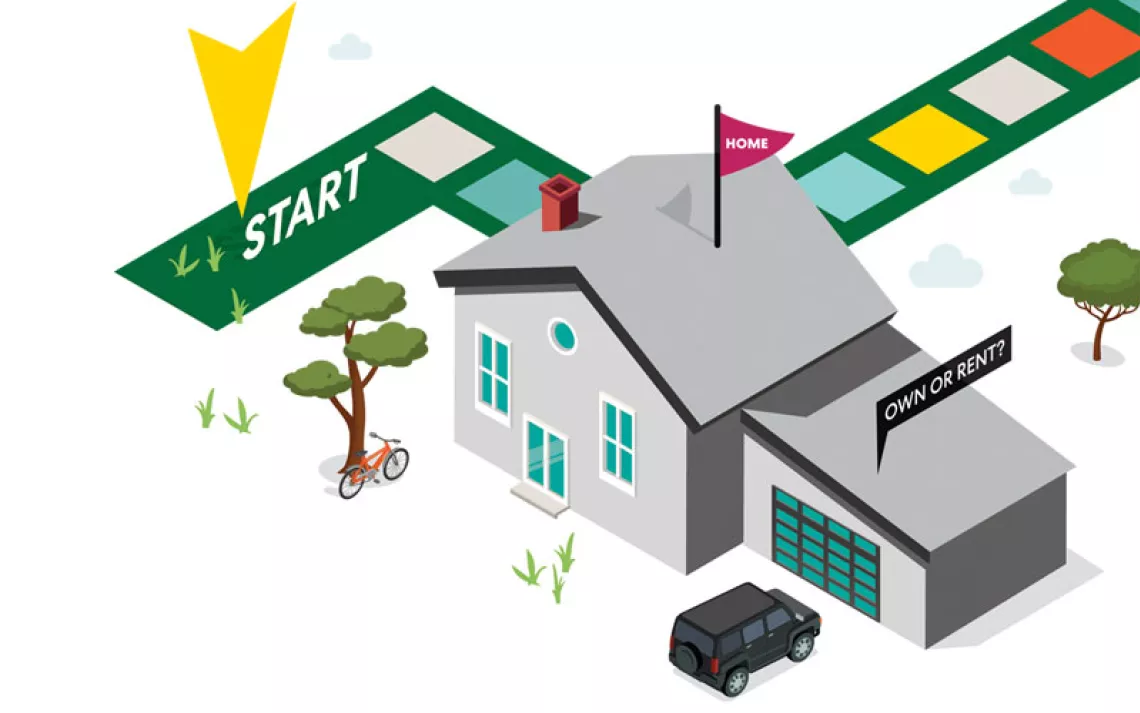Hey Mr. Green! Is Liquid Soap Worse Than Bar Soap?
Our inveterate sleuth Mr. Green channels his inner bar-barian

Illustration by Little Friends of Printmaking
Q: It seems that liquid soap in plastic containers—with the pump mechanisms and so forth—is a lot less environmentally friendly than plain, old-fashioned bar soap. What's your take?
—Joe in Raleigh, North Carolina
A: I've been suspicious of liquid soap since it appeared on store shelves around 1980. After all, soap has been around for 4,800 years, but there was never much enthusiasm for the liquid variety first concocted in 1865.
You're right—this kind of soap does have a bigger environmental footprint, according to Bill Chameides, professor emeritus and former dean of Duke University's Nicholas School of the Environment. He notes that its carbon footprint is at least 25 percent bigger than that of bars. Liquid soap requires plastic bottles and their pumps, which lead the typical user to extrude six or seven times as much soap by weight as the ornery, traditional bar-barian. But note that bar users draw at least 30 percent more hot water than liquid aficionados.
Soap bars now account for only 30 percent of soap, bath, and shower product sales and have been slipping at a rate of more than 2 percent a year. So why is the liquid variety so popular in the home? It's essentially a marketing gimmick. Also, people tend to believe it's more hygienic, since many brands contain antibacterial chemicals like triclosan and triclocarban.
The FDA, however, has reached a different conclusion: In 2016, the agency banned 19 of these chemicals (starting in 2017) because soap companies failed to prove that they are safe for long-term use or make soap more effective.
 The Magazine of The Sierra Club
The Magazine of The Sierra Club



